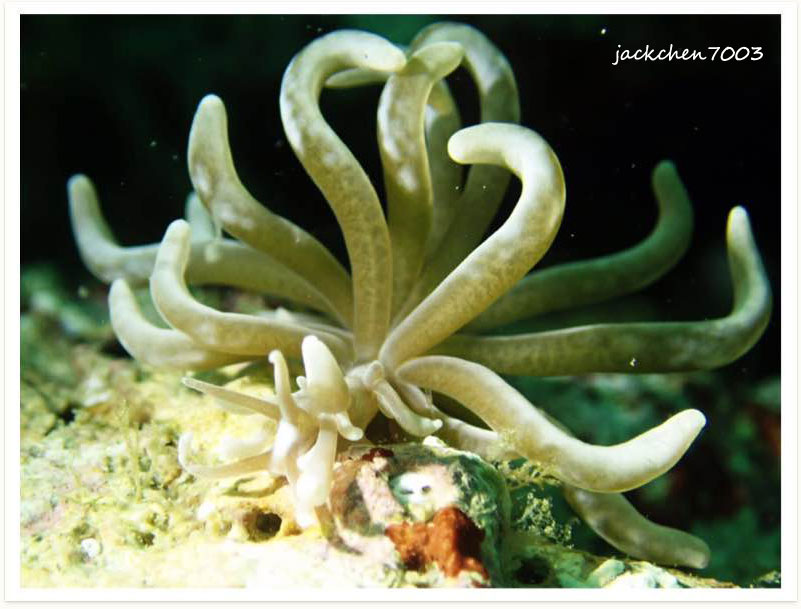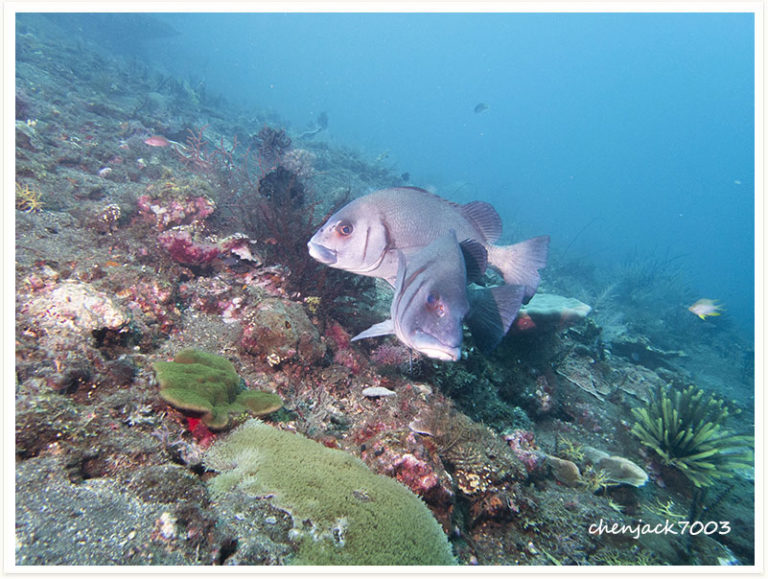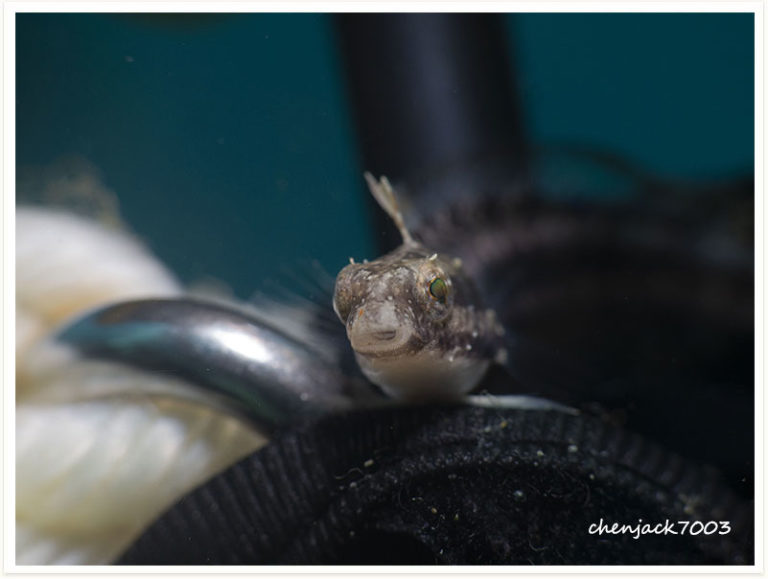科尔曼灰翼海蛞蝓
Phyllodesmium colemani uses camouflage and hides amongst the polyps of Tubipora musica on which it feeds. The length of the slug is 18 mm. This species contains zooxanthellae which are stored in aggregations of terminal chambers all over the ceratal wall.



